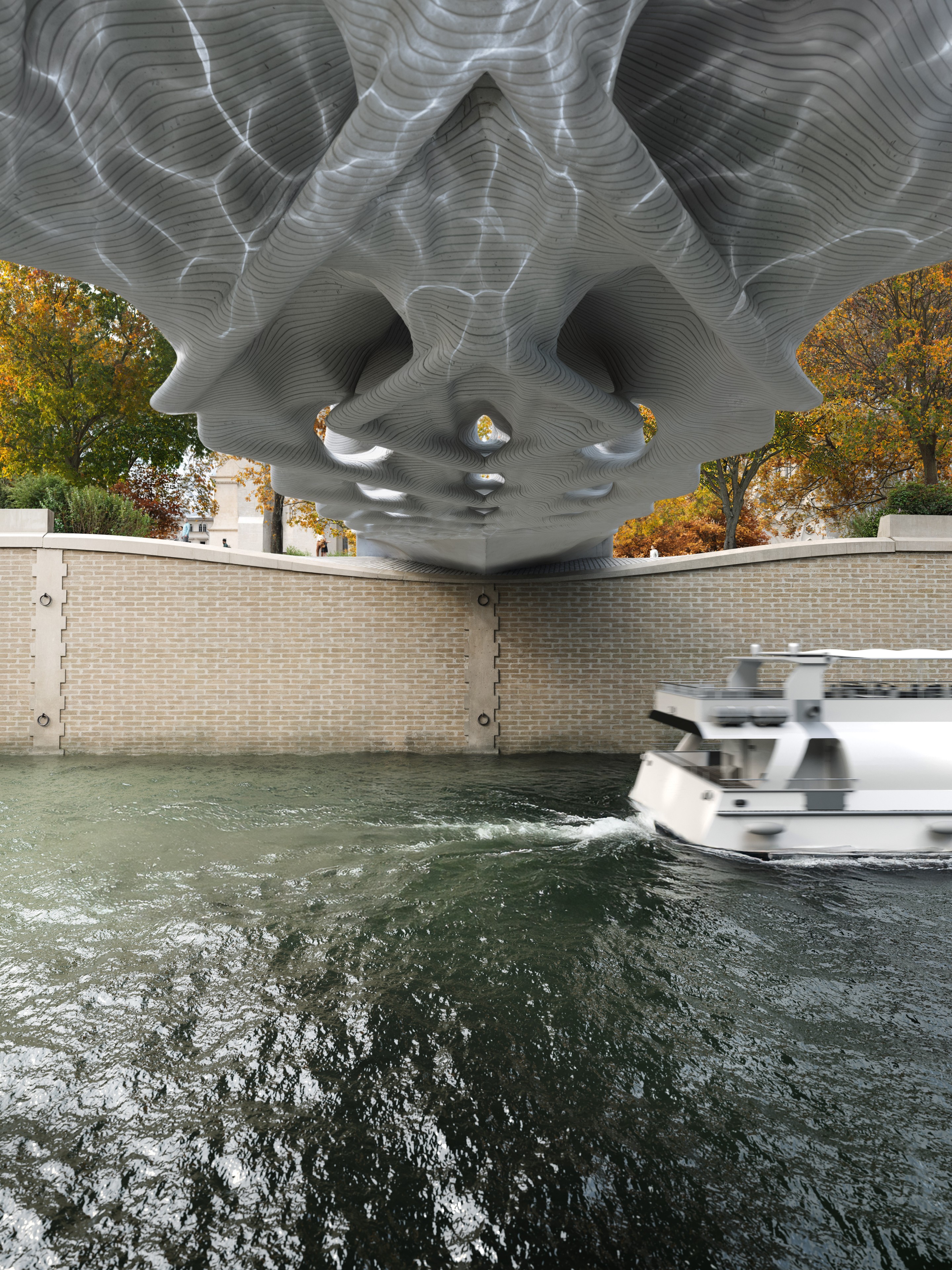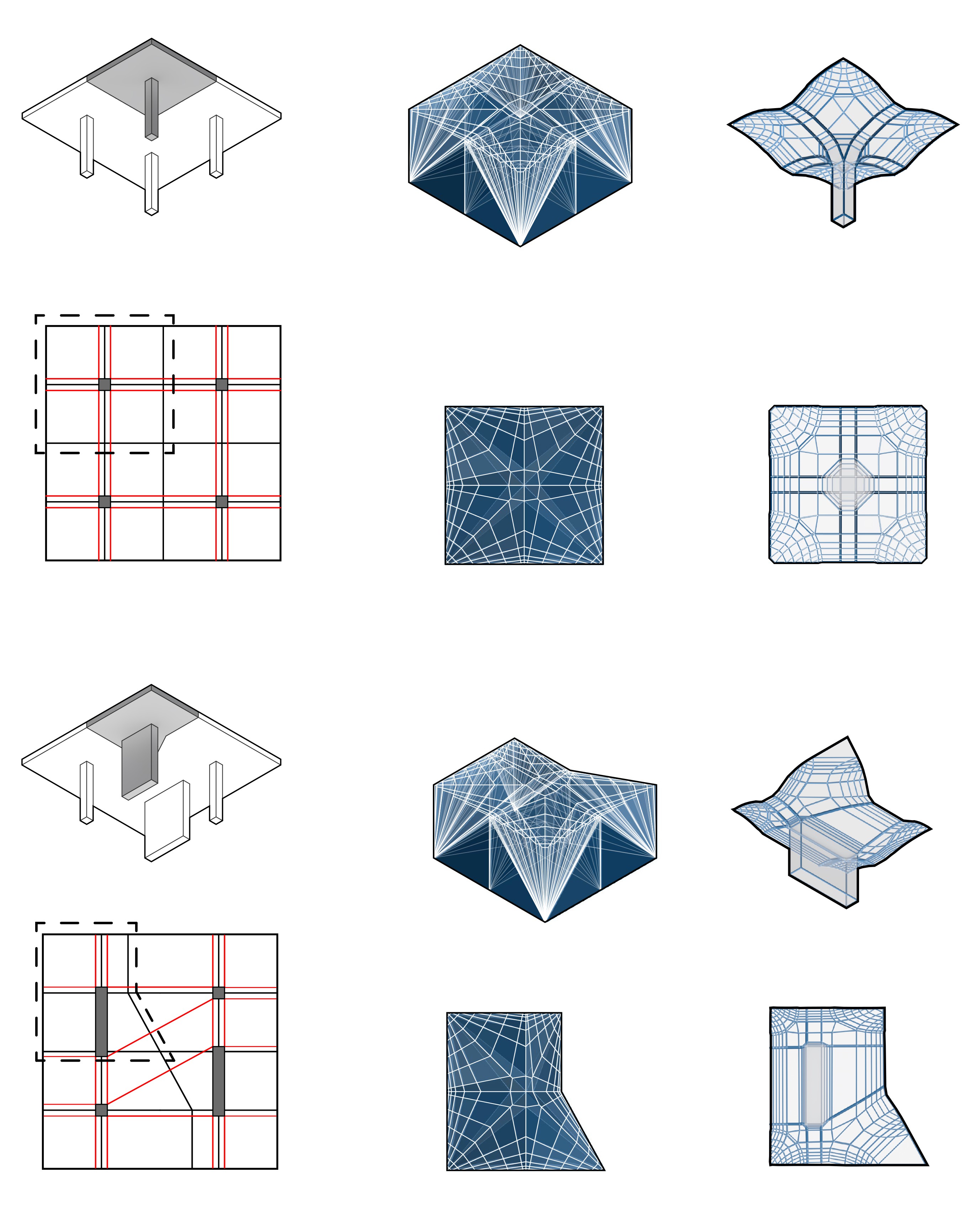MASSIVE FORM
ABOUT
MASSIVE FORM is a design agency at the intersection of architecture, structural and mechanical engineering, computer science, mathematics, and material science.
Massive stands for Multifunctional Architected Structures and Systems Invented for Volatile Environments. We provide design consultancy in tandem with advanced manufacturing and robotic fabrication to bridge the gap between design and engineering by advancing structural geometry and reconciling function, form, technology, and energy. Our planet’s resources are scarce, and our impact as humans is immense.
We aim to minimize the impact of our built environment by providing innovative design solutions that address function, developing efficient construction methods, and using as few resources as possible to design buildings, bridges, vehicles, and almost any functional object at various scales.

VISION
The company is constantly looking into addressing pressing matters in architecture, engineering, and construction and its related energy consumption by design. We particularly look into how to (i) minimize mass in large-scale structures and thus contribute to the reduction of embodied energy, (ii) design prefabricated systems for disassembly, (iii) develop future manufacturing methods by tuning material properties and development of tools, and (iv) design and construct structures that can absorb carbon in their lifetimes. We investigate how efficiently architected structures, prefabrication, and robotic manufacturing and assembly can reduce the embodied energy of construction and CO2 emissions of the built environment.
CAPABILITIES
Innovative structural design
We provide innovative design consultancy services to derive effective structural solutions applicable to the design of novel long-span bridges, structures of roof hangers, airports, and stations. We have in-house structural design software to find efficient forms of large-scale structures applicable to bridges and long-span systems. The team has extensive experience in finite element analysis of complex structures made of prefabricated parts or continuous elements.
Computational design for bespoke systems
The company has a powerful team of experts, including computational designers and mathematicians, as well as extensive optimization tools to translate schemes into parts with complex geometries intended to be compatible with available fabrication methods.
Machine learning application in design
We have great expertise in applying machine learning algorithms in deriving design solutions for constructing and manufacturing efficient structures. Using such technologies allows us to search and explore the design space more effectively than conventional design iterations and address the complex design objectives for each project.
Advanced manufacturing
The team has an extensive research development background in inventing prefabricated systems with minimized mass and reinforcement to address the reduction of carbon emissions. We can design systems rationalized for robotic fabrication methods and additive manufacturing techniques, including concrete and metal 3D printing, on a large scale.
Novel construction materials
We have a proven record of inventing novel systems by working with various construction materials, including cast-in-place prefab concrete, concrete 3d printing, sheet metal construction,
Life cycle assessment
We can provide the linked design solution to the project’s Life Cycle Assessment. Thus, we can assess the project impact and carbon emission in every design step and adjust the design accordingly. This feature is becoming essential in dealing with the shortage of resources on Earth and the impact that the built environment has on the ecological systems of our planet.

FOUNDATION
Our business model brings the results of the founder’s basic research to large-scale applied research in the construction industry, thus exposing the application benefits of his research to society. Dr. Masoud Akbarzadeh founded the company based on more than 12 years of research in structural geometry, architectural, and computational design and will serve as the CEO of the small business. In 2016, he was among the very first people who developed the methods of Polyhedral Graphic Statics (PGS), the geometry-based method of structural design, based on a 150-year-old publication by Rankine in Philosophical Magazine.
Geometry-based structural design methods known as graphical statics (GS) represent a group of powerful geometric techniques that have been used to find 2D funicular structural forms of bridges and long-span structures for the past 150 years. The founder has extended this method to 3D after 150 years and applied this approach to various problems in advanced construction, future and additive manufacturing, material science, and architected cellular solids.
As an associate Professor at the University of Pennsylvania and the director of the Polyhedral Structures Laboratory, he has received the NSF CAREER Award (PI, $0.6M) to extend the methods of PGS and was a Co-PI of an NSF Future of Manufacturing Grant (co-PI, $4.6M). He has also received an ARAPA-E, HESTIA grant from DOE (PI, $2.4M) for developing carbon-absorbing structures.
